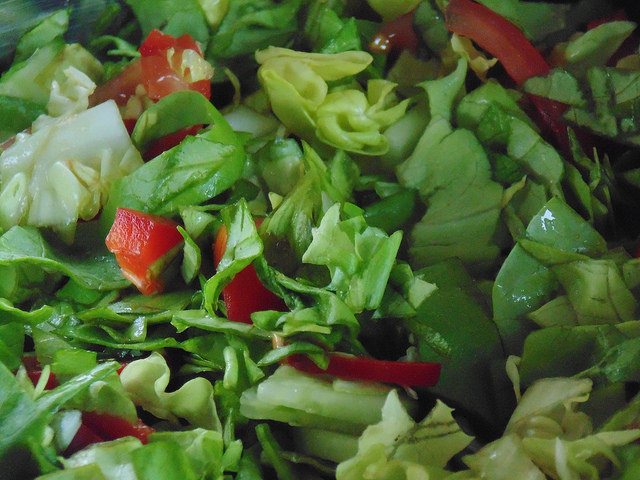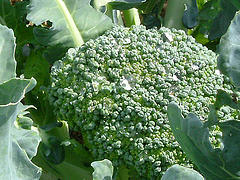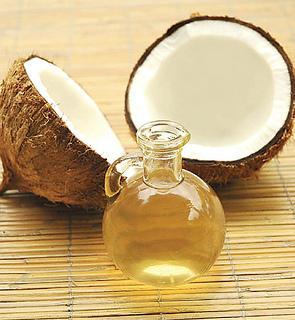You might think that you’re on a fairly healthy diet that will eventually lead to your goal weight, but some of your eating habits might actually do more harm than good when it comes to weight loss. Check out these common dieting mistakes to make sure that they’re not a part of your daily routine
- Eating too fast. By rushing through every meal, you don’t give your body enough time to actually feel full. If you eat slower, you’re more likely to stop eating when you’ve actually had enough.
- Forgoing meals. Instead of making you lose weight faster, skipping meals actually leads to consuming more calories later in the day. Even if you’re not feeling hungry at meal time, try eating a small snack to keep your appetite regulated.
- Consuming liquid calories. Many dieters don’t realize just how many calories there are in many common beverages. Drinks like wine, beer, coffee, and even juices can add hundreds of unnecessary calories throughout the day.
- Eating too-large portions. It’s always smart to measure the portion size of your food before eating it, as it is very difficult to judge the amount of calories simply by looking at a food. You can do this by using a food scale or carrying plastic containers in the recommended sizes.
Diet Mistakes: 6 Reasons You're Not Losing Weight [WebMD]
14 Diet Foods To Avoid [Prevention]
13 Healthy Foods to Avoid For Weight Loss! [Active Beat]
Jillian Michaels: Weight-Loss Tips That Work [Health]



 Equal Housing Opportunity
Equal Housing Opportunity